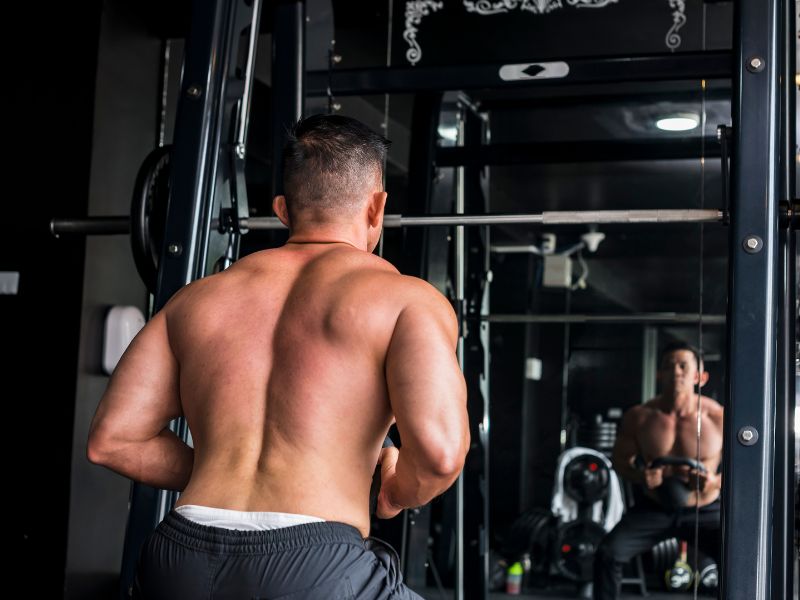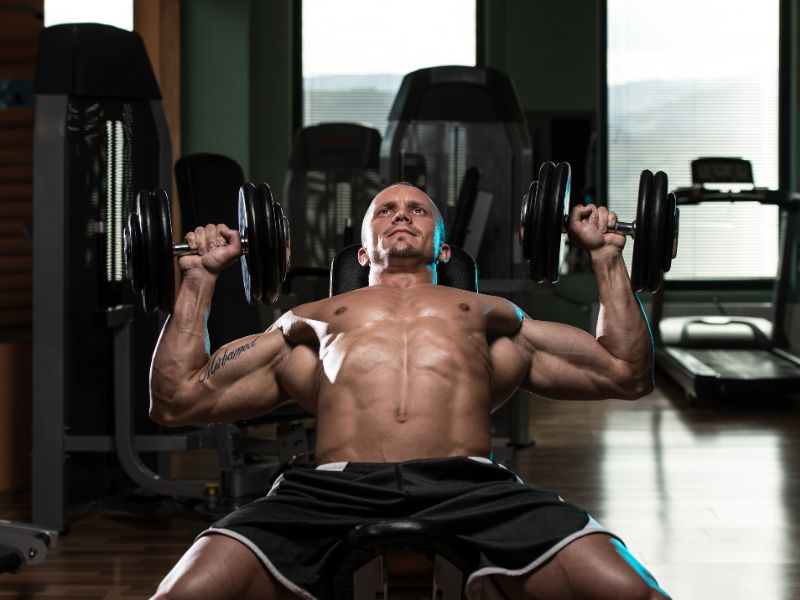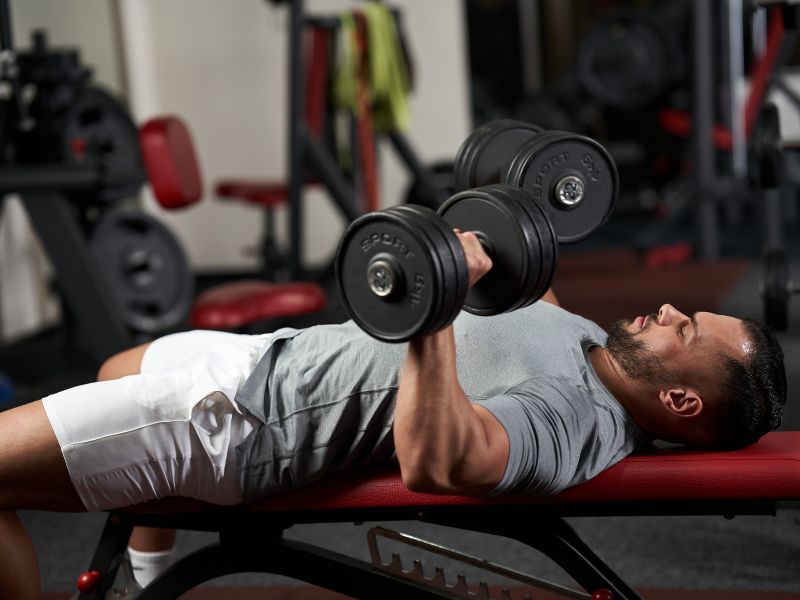When starting a workout, everyone aims to lift more than their previous session. The goal is constant improvement, increasing weights, conquering advanced exercises, and completing more reps and sets. This mindset, known as progressive overload, is essential for making gains in strength training. However, it’s equally crucial not to overlook the significance of the lowering phase in your exercises. We’re not suggesting lowering your goals; we mean it literally.

Canva. com
Advantages Of The Eccentric Phase In Your Workouts
Many rushes through the eccentric phase, prioritizing the concentric one. However, focusing on the eccentric portion is essential as it can significantly boost muscle growth and strength. Research even suggests that it might be more potent than the concentric phase for these benefits. Additionally, emphasizing the eccentric phase extends the time muscles spend under tension, a vital factor in maximizing the growth stimulus of each repetition.
Eccentric Exercise: What Is It?
You might already know the first method of eccentric training: slowing down the lowering phase in each repetition. For example, during a pull-up, control the descent as much as you did during the ascent, preferably taking more time to lower yourself (e.g., three seconds up and five seconds down). Adding pauses, like in triple-stop pushups, can also intensify the effect. Another approach is eccentric overload training, where you lower more weight than you can lift on your own. A spotter is necessary for most free-weight exercises, helping with the concentric phase and leaving you to resist gravity during the eccentric phase.

Canva. com
Avoid These Eccentric Training Mistakes
Eccentric lifting can be taxing, causing increased muscle soreness and longer recovery times if overdone. To avoid imbalances, include concentric and eccentric-focused training in your program, focusing on the former. Some exercises are better suited for eccentric training, but be cautious with activities like the barbell back squat and bench press; they require experienced spotters to ensure safety in the weight room.
